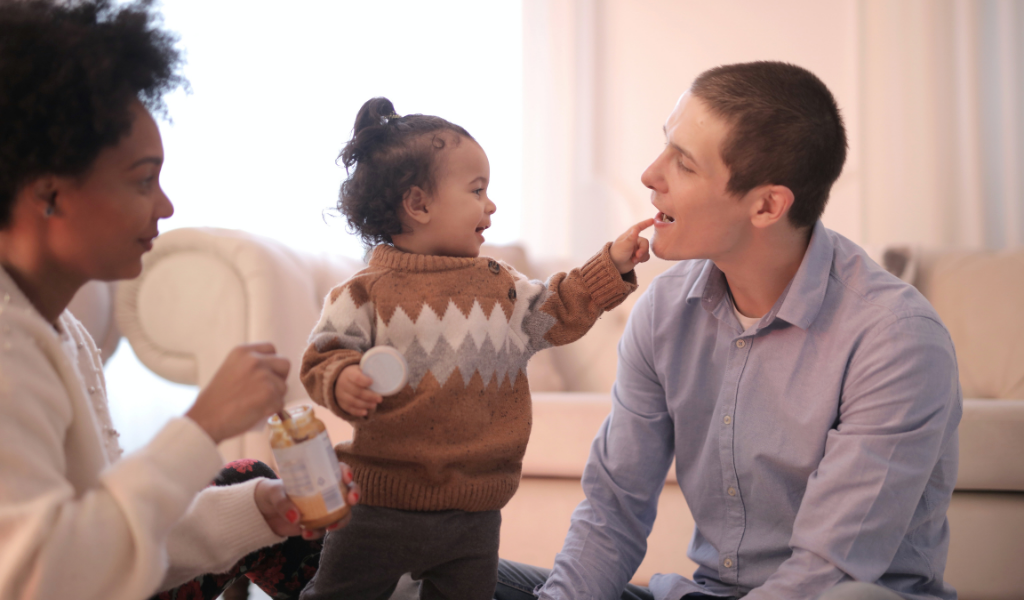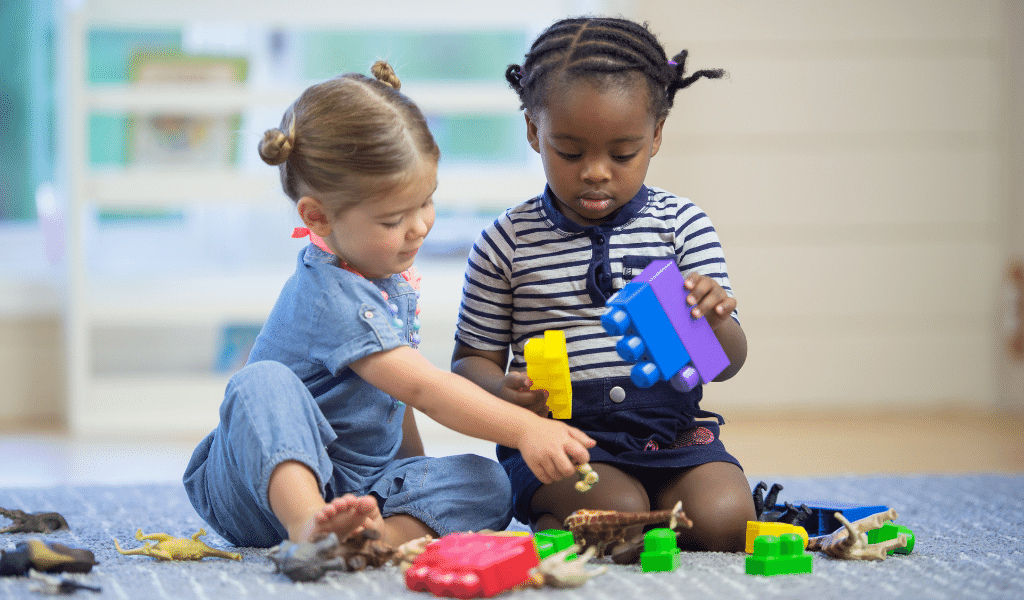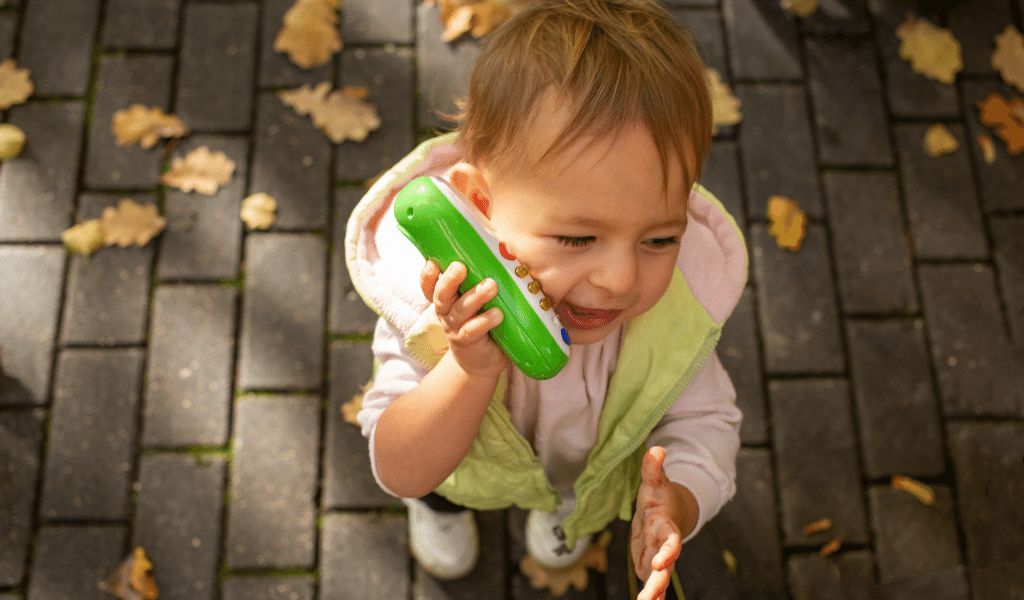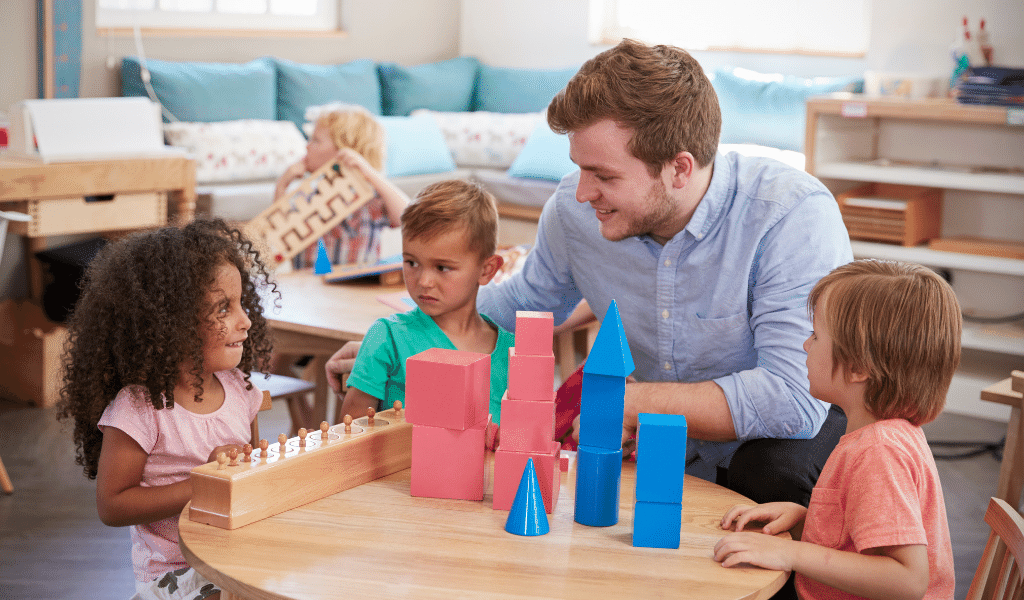Understanding how, why, and when children develop, with knowledge of typical key milestones is crucial to providing effective, high-quality care and education that is appropriate to each unique child.
The Royal Foundation report, ‘State of the Nation’, opens with the line, ‘The first five years of childhood are more pivotal for development, future health and happiness, than any other single moment in our lifetime.’
To support you in getting a solid understanding of child development during those vital years, we’ve put together some free CPD expert insights and a child development webinar collection:
In the first 1001 days of life (from pregnancy to age 2), our brains develop faster than they will at any other time. Although babies are born with around 100 billion neurons, these are not yet fully connected. They require experiences and interactions with the world and people around them to develop the essential synapses that connect the brain. These neural connections occur at an initial rate of around one million every second, resulting in the brain doubling in size in the first year.
Our genes may be responsible for the basic wiring of our brains, but it is our experiences that influence how further connections are made, and impact future development. Jean Piaget, in his stages theory, describes the Sensorimotor Stage, from birth to 2 years, in which babies begin to learn about the world and themselves through their senses and early movements. Their understanding continues to develop as they explore and interact with their environment, forming ideas through a trial-and-error process, like mini scientists. They show an impulse to handle things and explore them with their whole bodies, a phenomenon initially described by Piaget as creating schemas; concepts of how the world works that are constantly being adapted as new information is received. Treasure Baskets are an excellent way of supporting these early, sensory explorations.
Personal, social, and emotional development is closely linked to communication and language, as it is all about making connections. These connections start with the formation of early attachments, through babies’ positive interactions with their caregivers. John Bowly, in his attachment theory, suggests that secure attachments are created where babies’ needs are met consistently and reliably by their primary caregiver. Children who feel safe through the presence of warm, responsive, dependable adults who are tuned in to their needs are better equipped to make the most of the learning experiences available to them.

Babies are communicating from birth, using their whole bodies to express themselves and connect. They are constantly observing and absorbing information through their senses, which is interpreted by the rapidly developing brain. During the first year, there is rapid development in the areas of the brain responsible for language, stimulated by babies being exposed to multiple forms of communication, including body language, as well as the spoken word. Babies’ early sounds develop into babble and later their first words, with an explosion of vocabulary typically occurring in their second year.
Babies’ early movements are largely reflexive, with the ability to exert control over their limbs growing as their brain develops. Motor skills and muscular strength develop from head to toe and midline to extremities. This begins with the larger muscles, such as in the neck, back, arms and legs, then increasingly smaller muscles, with fine motor skills starting to develop in the second half of the first year. These abilities develop from repetition and practice, which create and strengthen neural connections, leading to the creation of pathways in the brain for each series of movements. These repetitive behaviours link closely with schema theory and can be seen in children who appear driven to collect, fill and empty, transport, stack and knock down objects.

Two-year-olds get a lot of bad press which is completely unjustified. They are having to deal with incredible changes in their bodies and brains, whilst navigating a confusing, unpredictable world, and learning about their place within it.
In ‘Terrific Toddlers’ I again consider development considering three key areas: personal, social, and emotional; communication and language; and physical development and discuss these in the context of child development theory.
At two a child’s prefrontal cortex, the area of the brain responsible for logic, flexible thinking, recall, attention, planning, and regulating emotions is immature, with the ability to self-regulate still developing. As a result, 2-year-olds are easily overwhelmed by powerful emotions they don’t understand. They become dysregulated, with their capacity for rational thought overridden by the more primitive parts of the brain, putting them into flight-or-fight protective mode. In this state, they are like a computer that has crashed and need the support of an understanding adult to co-regulate with them to restore their balance and get their thinking brain back online.
2-year-olds are learning about who they are as individuals, which they communicate through their drive for independence, expressing their own thoughts and opinions, and making choices and decisions. This behaviour can feel frustrating to adults as children seem to be constantly pushing the boundaries, but this is their way of making sure they feel safe and understand what is set in stone and what is flexible.
Secure attachments are still essential at this stage, with adults providing a safe base to explore from and a secure haven to return to when upset or unsettled. Toddlers are developing wider attachments with other adults, though still wary of strangers, especially in unfamiliar environments.
2-year-olds are becoming more aware of other children; watching and playing alongside them, although many of their early attempts at connection are clumsy and may seem like misbehaviour, such as taking another’s toy. Sharing at this stage is still a mystery to them and should not be expected. Piaget describes this as the preoperational stage, where children are still largely egocentric, struggling to see things from other points of view.
Like babies 2–3-year-olds are scientists in action, learning and developing through play and exploration. This is a common age for schematic play to develop, where children engage in patterns of play, repeated over time in different contexts, as they test their subconscious theories. Their repetitive, compulsive behaviours can be frustrating but reframing them as a schema can help practitioners to understand and facilitate their learning.
The dramatic expansion of vocabulary that typically begins in the second year continues during toddlerhood. Toddlers may be hard to understand, words may not be fully formed and often their thoughts spill from their brains more quickly than they can say them. Children will often repeat what they have heard, soaking up words and phrases like sponges. These language abilities are extended through conversation, everyday experiences and interactions, care routines, play opportunities, books, stories, rhymes, and songs.

2-year-olds are not designed to be still for long periods. They are constantly on the go. The Chief Medical Officer’s recommendation for toddlers is 180 minutes of physical activity per day which is easily achieved as long as adults do not inhibit them.
2-year-olds seem to be driven to engage in activities that build their muscles and coordination, including running, jumping, climbing, kicking and throwing, lifting and transporting, and rough and tumble play, as well as finer motor activities such as block play, mark making, cutting, squeezing and pouring.
At this age they need opportunities to make choices in their physical play, develop confidence in their own abilities and feel pride in their achievements. Responsive adults provide a challenging environment that is ‘safe enough’, supporting children to begin to recognise danger and know who to turn to for help.

By the age of 3, children are becoming more sociable; they are making friends and playing more with other children rather than alongside. They are thoughtful, resourceful, imaginative and full of fun.
In ‘Phenomenal pre-schoolers’ I delve into their magical world and consider their development across a broad range of areas, alongside relevant child development theories.
During the child’s third-year neural connections reach their peak and from around the age of 3 a process known as synaptic pruning begins. In much the same way as a gardener prunes dead wood from a shrub, the brain prunes those connections that are not being used. Those synapses that are more active are strengthened, and those less active become weakened and die away. Repeated connections become strengthened in a process known as myelination. This improves conductivity, increasing the speed and strength of electrical signals sent along neural pathways.
These repeated experiences strengthen pathways in the brain link closely with schema theory, where children are learning about how the world around them works through a trial and error approach and their repeated patterns of play. Between 3 and 4-years schemas become more complex, and children may develop schema clusters or combinations as their brain becomes more adept at interpreting and processing data.
Children’s play becomes more collaborative with shared imaginative games and pretend play. Through their imaginary worlds, pre-schoolers come to understand the real world, make choices and decisions, problem solve, take risks, explore conflict in an emotionally safe environment, and take on roles to explore ideas from another’s perspective, supporting the development of empathy and resilience.
3 and 4-year-olds’ language skills are becoming more proficient. They love to talk and ask questions; they want to know everything and don’t hesitate to ask… and ask and ask again. Pre-schoolers are better able to communicate their needs, negotiate and use humour to engage or deflect. These skills along with their developing ability to regulate their emotions mean they are less easily frustrated and more able to manage impulses, leading to fewer meltdowns.
Physically, 3-4-year-olds are more agile and coordinated in their movements. They move with good spatial awareness and balance, competently riding a tricycle, catching, kicking, throwing, and bouncing a ball. Improved fine motor control means they can better manage fastenings such as buttons and zips, and hold a pencil with good control, attempting to form some letters, including those in own name.
All three webinars are now available as a package to purchase for non-members and are ideal for students, and those new to Early Years as well as those wishing to expand or update their knowledge. Simply click on the image to view the package. (Kinderly members can access the video’s on demand on Kinderly Learn!)